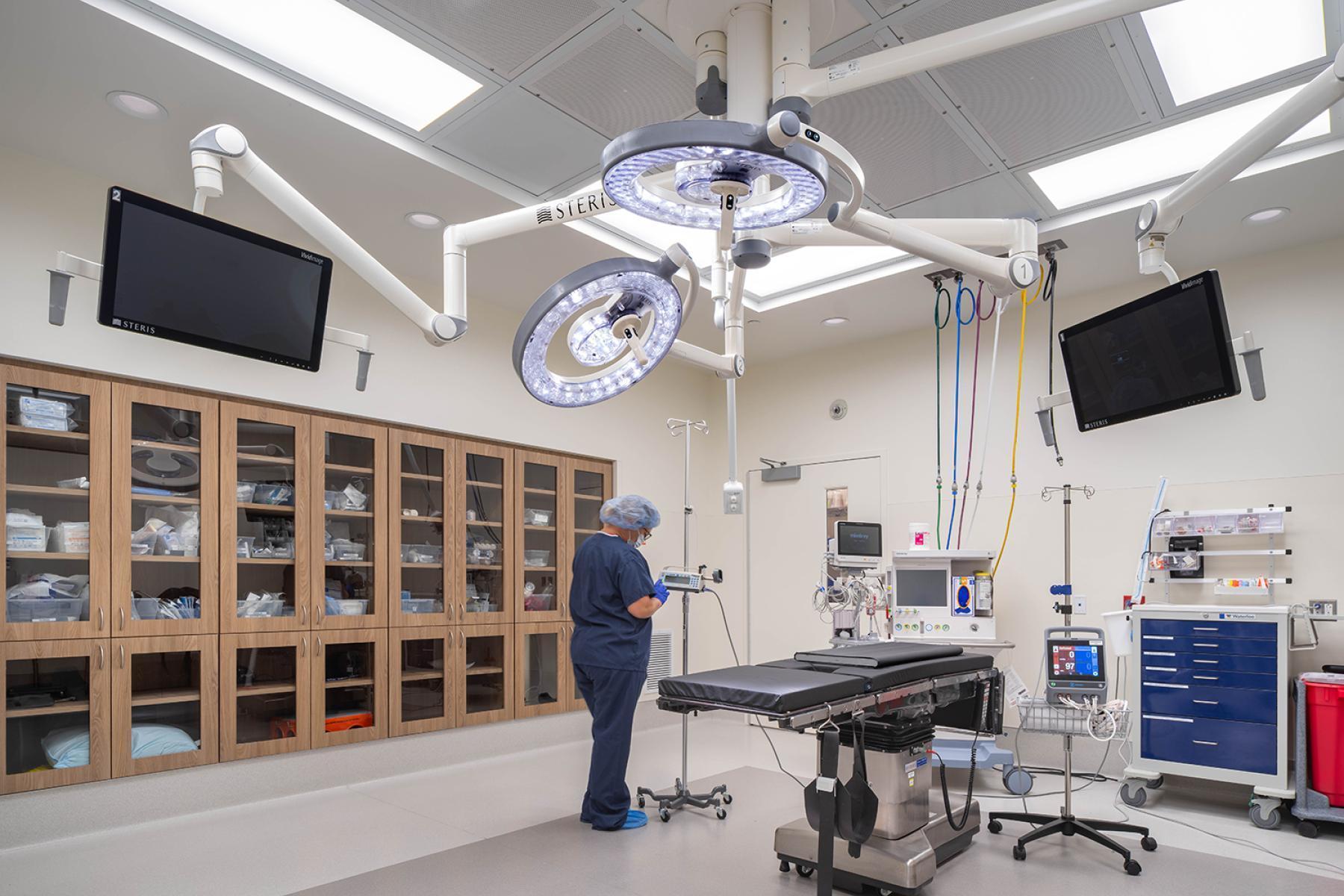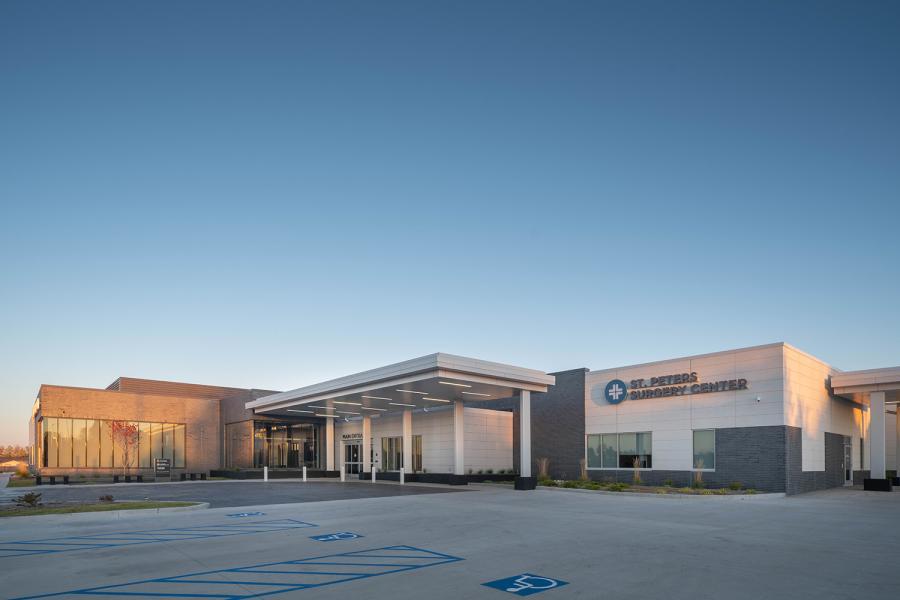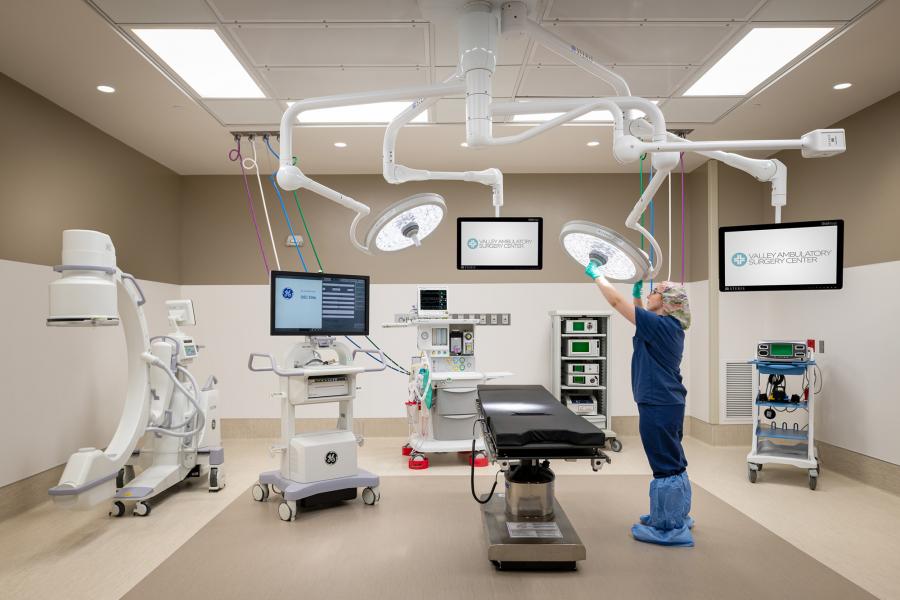3 Common Mistakes When Developing Ambulatory Surgery Centers, And How To Avoid Them

There is an increased focus on ambulatory surgery centers (ASC) across the country as many health systems and independent groups continue to modify their care model to be more value-based while adapting to the pressure from Medicare and commercial payers to lower costs. Originally some hospitals resisted an outpatient surgery model, but as they outgrow their operating room (OR) space and find storage for supplies and equipment becomes more scarce, they are realizing it is less expensive to build outside of the hospital rather than build in their current space.
Additionally, the move to an outpatient setting, particularly for cardiovascular and orthopedic procedures, is rapidly shifting. As a result, strategy and facility planning are becoming essential in avoiding common pitfalls clients are faced with when pursuing an ASC buildout or expansion project.
- Not getting the size of their building right
Balance what you need today with what you need in the future. Work with your physician partners, as well as your ASC management company and developer/designer/builder, to analyze your current cases and then project your growth 5-7 years down the road. Determining how many physicians will be added to the practice or how you plan to use the facility in the future can provide a useful starting point in determining the ASC size. That growth projection will also affect the patient waiting room space and can help determine what other services should be added to make it convenient for the patient and provider, as well as storage space needs for supplies and equipment. Additionally, designing a spec space allows you the opportunity to expand horizontally or vertically up front, alleviating a future facility headache. Just remember planning for any necessary expansion now will save you time and money in the future.
- Focusing too much on location
Would you ever be driving down Main Street and say, “I think I’m going to stop and get my knee replaced at the XYZ Orthopedic Clinic?” No. This is why location is not necessarily about visibility but rather convenience for both the patient and the physician. With the current hiring and staffing concerns, surgeon and staff satisfaction is on the minds of every health system and independent physician groups. An ASC is an extension of their practice and should be near their home and/or the hospital or clinic where they practice. The providers at the ASC should always come first—no exception, but Main Street is not always necessary.
- Underestimating current capital demands
It’s simple—the current financial constraints are real. Having a group of physicians supporting the ASC is step one, but the next step is implementing a creative and sustainable capital solution that works for all stakeholders. Having a national network of finance and investing partners working together with your development, building and design teams allows for a more flexible, tailored capital approach. Whichever direction you take, it is critical to comprehend not only the cost of capital but the supply chain issues that could affect those costs.
Overall, understanding the external impacts placed on healthcare can aid in adapting your real estate strategy and capital investment prioritization that will best align with your objectives. Engaging a team that thinks holistically about operations, planning, design, construction, market dynamics and financial implications will yield powerful results for your organization and help to navigate the curve balls that will come while you develop your next outpatient surgery center.
CONNECT WITH US
Contact Mike for your healthcare development needs
Mike McMahan
Executive Vice President, Healthcare
Minnesota - Minneapolis 612-492-4671 mike.mcmahan@ryancompanies.com- Email: ryan.pr@ryancompanies.com
- Phone: 612-492-4160

